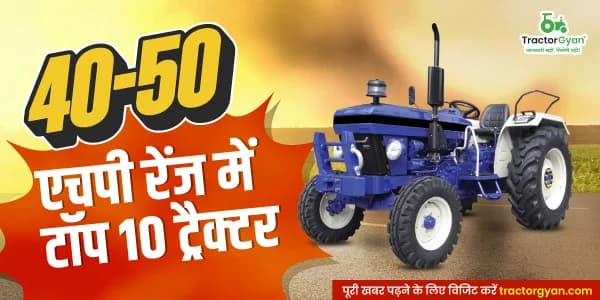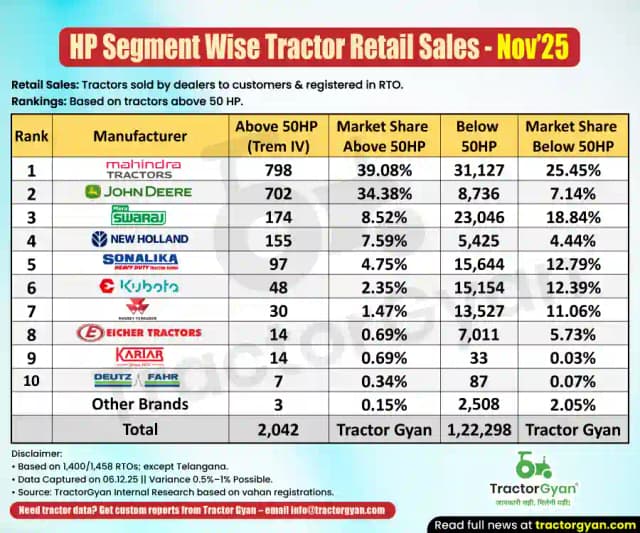Why IoT in Agriculture Matters for Farmers: Know Its Benefits, Applications, and Challenges
Table of Content
In today’s digital era, technology has become the backbone of every industry, and agriculture is no exception. With the growing demand for food and limited natural resources, farmers are turning to IoT (Internet of Things) solutions to enhance efficiency, productivity, and sustainability.
From soil sensors to smart irrigation systems, IoT in agriculture is empowering farmers with real-time insights and automated tools that make farming more precise than ever before.
What is IoT in Agriculture?
IoT in agriculture refers to the use of internet-connected devices that gather and analyse data from the farm. These smart systems help farmers monitor soil health, weather conditions, crop growth, and livestock, all from their smartphones or computers.
By collecting real-time data, IoT enables farmers to make better decisions, reduce resource wastage, and increase profitability.
Key Applications of IoT in Agriculture
1. Smart Crop Monitoring
IoT sensors track crop health, soil moisture, temperature, and humidity. Farmers receive instant updates on their smartphones, allowing them to make timely interventions and prevent crop damage.
Example: In Punjab and Haryana, farmers use IoT-based soil sensors developed by Indian startups like Fasal and CropIn to track crop health. These sensors alert farmers when water or fertiliser is needed, preventing both overuse and underuse.
2. Precision Farming
Precision farming uses GPS and IoT devices to apply fertilisers, pesticides, and water only where necessary.
Example: Across various states in India, farmers are adopting precision farming methods using IoT sensors and data analytics to improve yield and reduce input costs. These technologies help monitor soil health, control irrigation, and optimise fertiliser use.
3. Automated Irrigation Systems
IoT irrigation systems automatically adjust water flow based on soil moisture and weather forecasts.
Example: In India, a recent study titled “Leveraging Solar Energy and IoT for Smart Irrigation: A Sustainable Solution for Indian Agriculture” explores how solar-powered IoT-based irrigation systems are being used to optimise water usage and energy consumption in agriculture.
4. Livestock Tracking
Wearable IoT devices track animal health, activity, and location in real-time.
Example: Example: In Bhilawadi, Maharashtra’s dairy farms, sensors attached to cows’ necks monitor their temperature and movement, detecting diseases early and improving milk production
5. Weather Forecasting and Predictive Analytics
IoT systems collect local data to predict rainfall, frost, and pest attacks.
Example: Platforms like Skymet and AgroSense provide IoT-based weather forecasting tools that send SMS alerts to farmers before heavy rain or pest outbreaks.
Quick Links
Benefits of IoT in Agriculture
- Higher Productivity: Data-driven decisions lead to better yields and crop quality.
- Water and Resource Savings: Smart irrigation reduces wastage.
- Accurate Data: Farmers can plan their next crop based on reliable insights.
- Reduced Labour Costs: Automation minimises manual effort.
- Sustainable Farming: Environment-friendly use of resources reduces the carbon footprint.
Challenges in Implementing IoT in Agriculture
- Despite its advantages, IoT adoption in agriculture faces challenges like:
- Limited internet access in rural areas
- High initial cost of devices
- Lack of technical knowledge among small farmers
However, with initiatives like Digital Agriculture Mission and PM Kisan Samruddhi Yojana, the Indian government is promoting smart farming and IoT-based solutions across rural regions.
The Future of Smart Farming
The future of Indian agriculture is data-driven and digitally connected. The combination of IoT, Artificial Intelligence (AI), Drones, and Robotics will transform how farms operate. Farmers will soon control tractors, irrigation systems, and sensors remotely using mobile apps, leading to smarter, more profitable, and sustainable agriculture.
Conclusion
IoT is not just a technological upgrade; it’s a revolution in modern agriculture. By enabling precision, automation, and real-time insights, IoT is helping farmers grow more with fewer resources. As awareness and accessibility increase, IoT will play a crucial role in making Indian agriculture smarter, greener, and more efficient.
Why Tractor Gyan?
In the age of IoT in agriculture, Tractor Gyan India’s most impactful agritech voice, connects farmers with technology. From IoT-enabled tractors to smart irrigation and monitoring tools, we simplify complex innovations into easy, practical insights, helping farmers adopt digital solutions for higher productivity and sustainable growth.
Category
Read More Blogs
Maize, also known as corn, is one of the most important cereal crops in India after rice and wheat. It is not only a major source of food for humans but also serves as animal feed and a raw material for several...
Farmtrac’s 60 tractors are a reliable choice for mid to large-sized farms and are strong enough for heavy fieldwork. Here’s a quick overview of each Farmtrac 60 model, followed by tables of key specifications so you can see the differences.
Top 3 Farmtrac 60...
केंद्र सरकार ने रबी सीजन 2025-26 के लिए किसानों को बड़ी राहत दी है। अब फॉस्फोरस और सल्फर आधारित उर्वरकों पर सब्सिडी बढ़ाकर ₹37,952 करोड़ कर दी गई है। यह पिछले रबी सीजन के ₹24,000 करोड़ की तुलना में लगभग ₹14,000 करोड़...
Write Your Comment About Why IoT in Agriculture Matters for Farmers: Know Its Benefits, Applications, and Challenges
.webp&w=1920&q=75)
Top searching blogs about Tractors and Agriculture
30 Jul 2025
30 Jul 2025
29 Jul 2025
08 Sep 2025
03 Jul 2025
30 Jul 2025
30 Jul 2025
30 Jul 2025
29 Jul 2025
30 Jul 2025
29 Sep 2025
31 Jul 2025
30 Jul 2025
31 Jul 2025








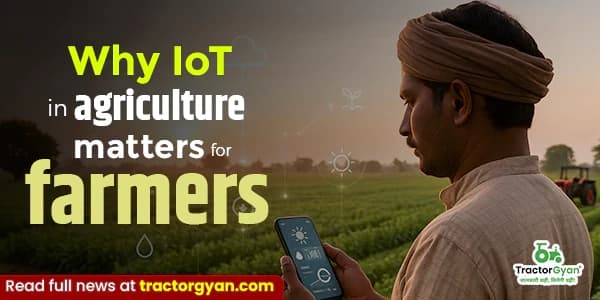









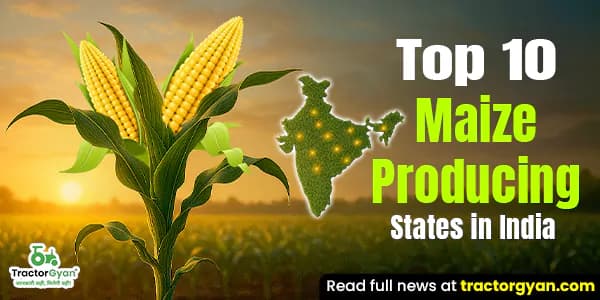
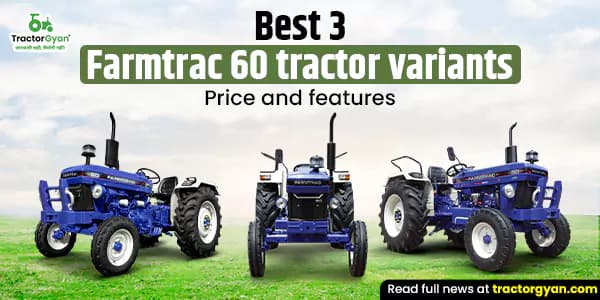
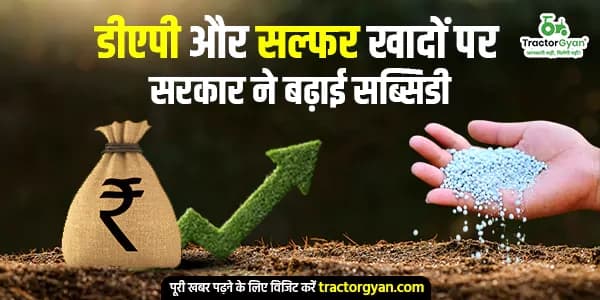
.webp&w=2048&q=75)
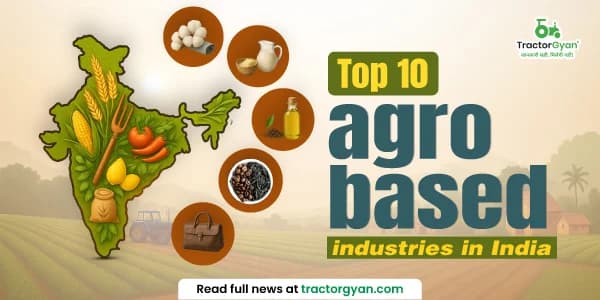
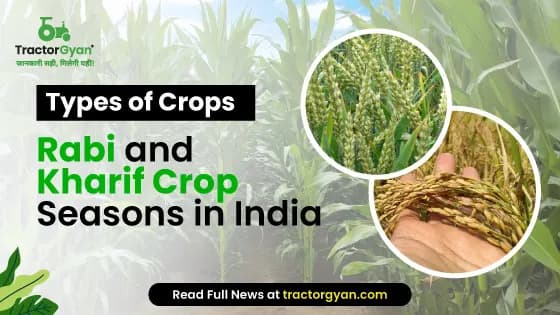
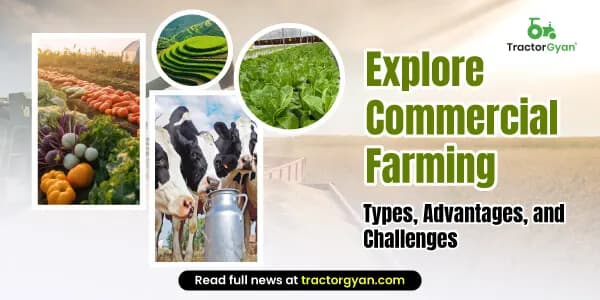
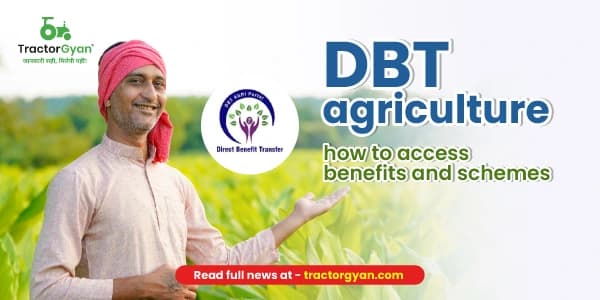
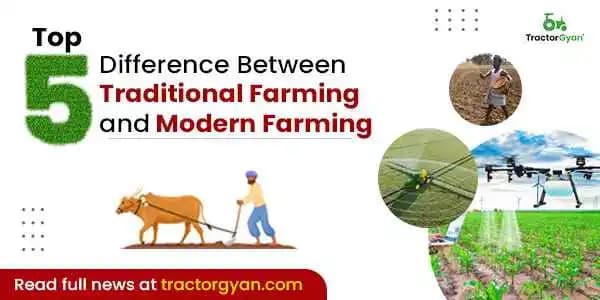
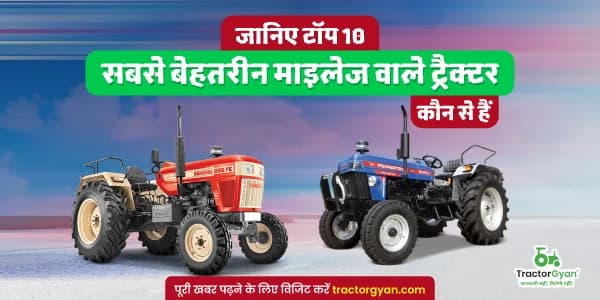
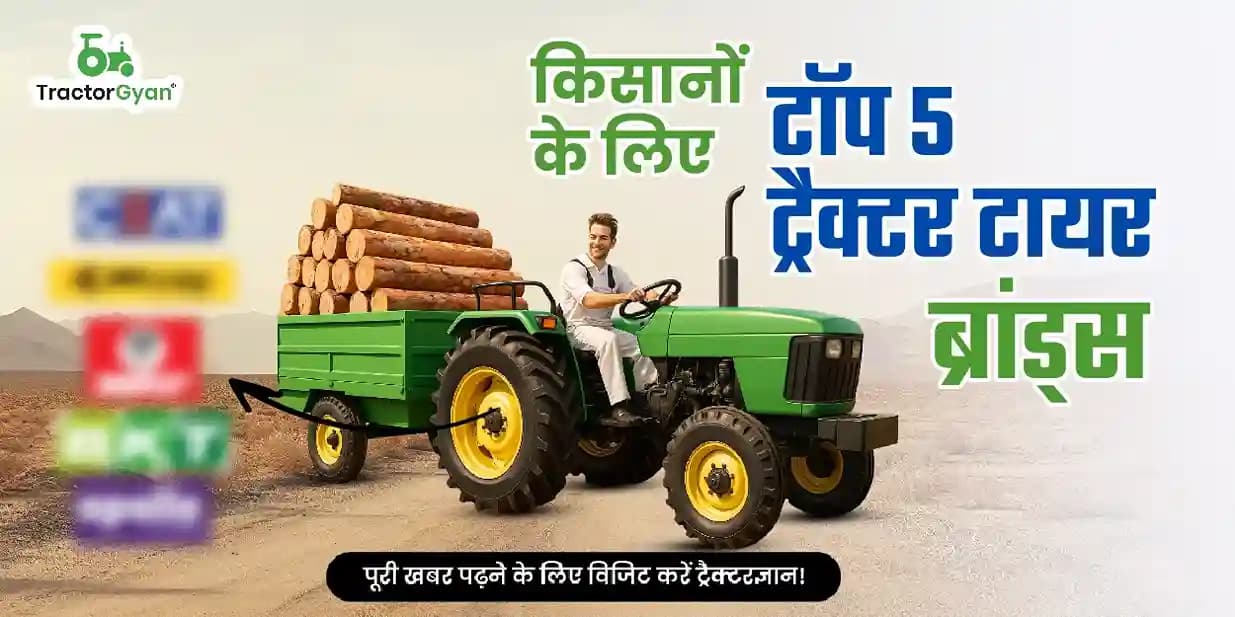

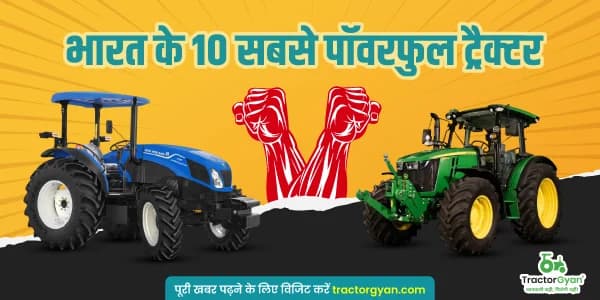
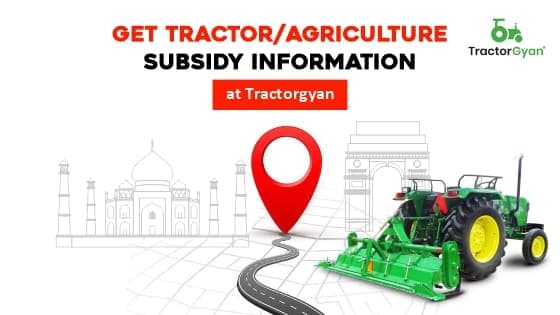
.webp&w=2048&q=75)
.webp&w=2048&q=75)
